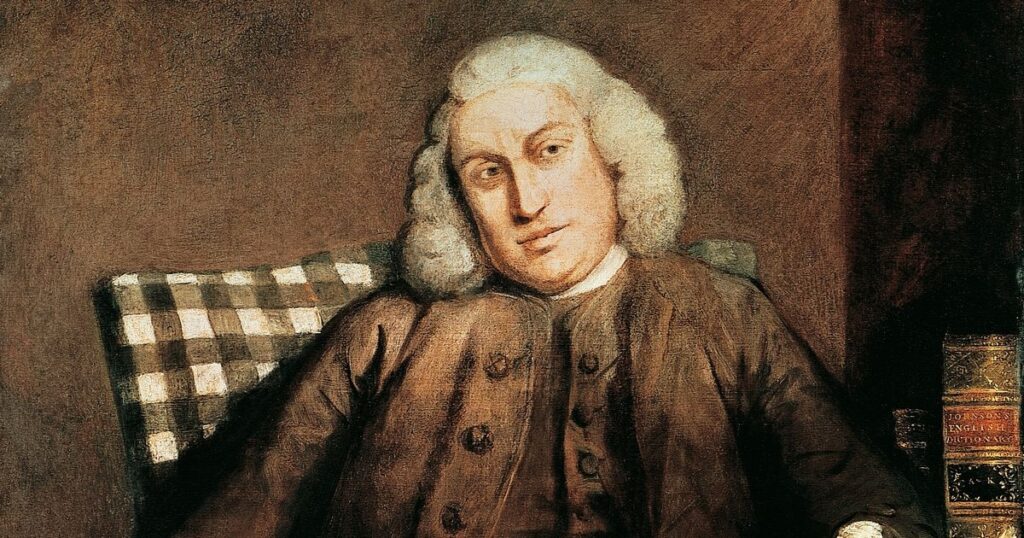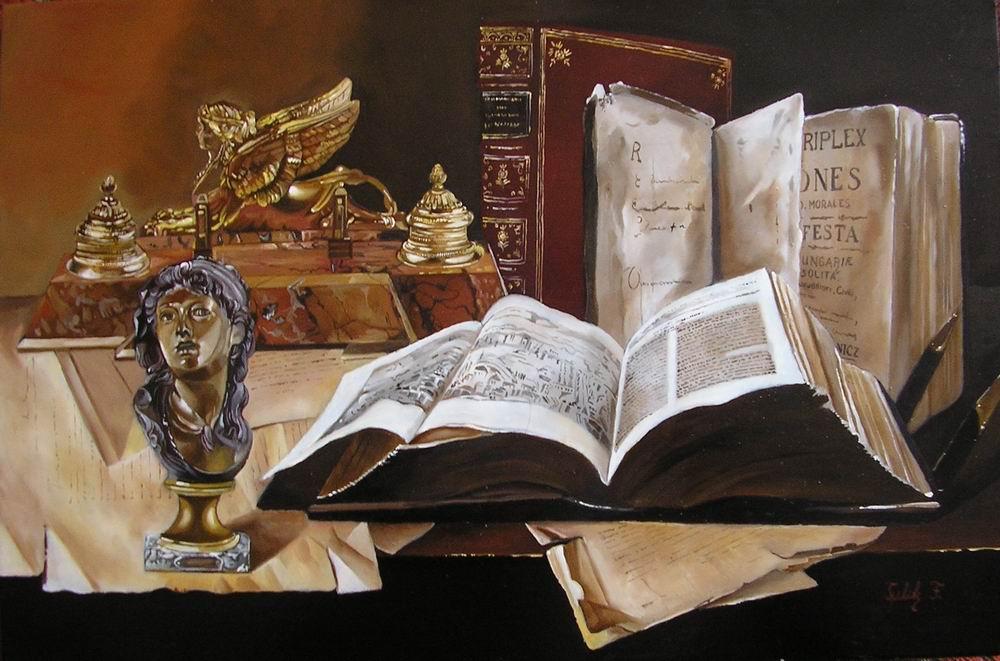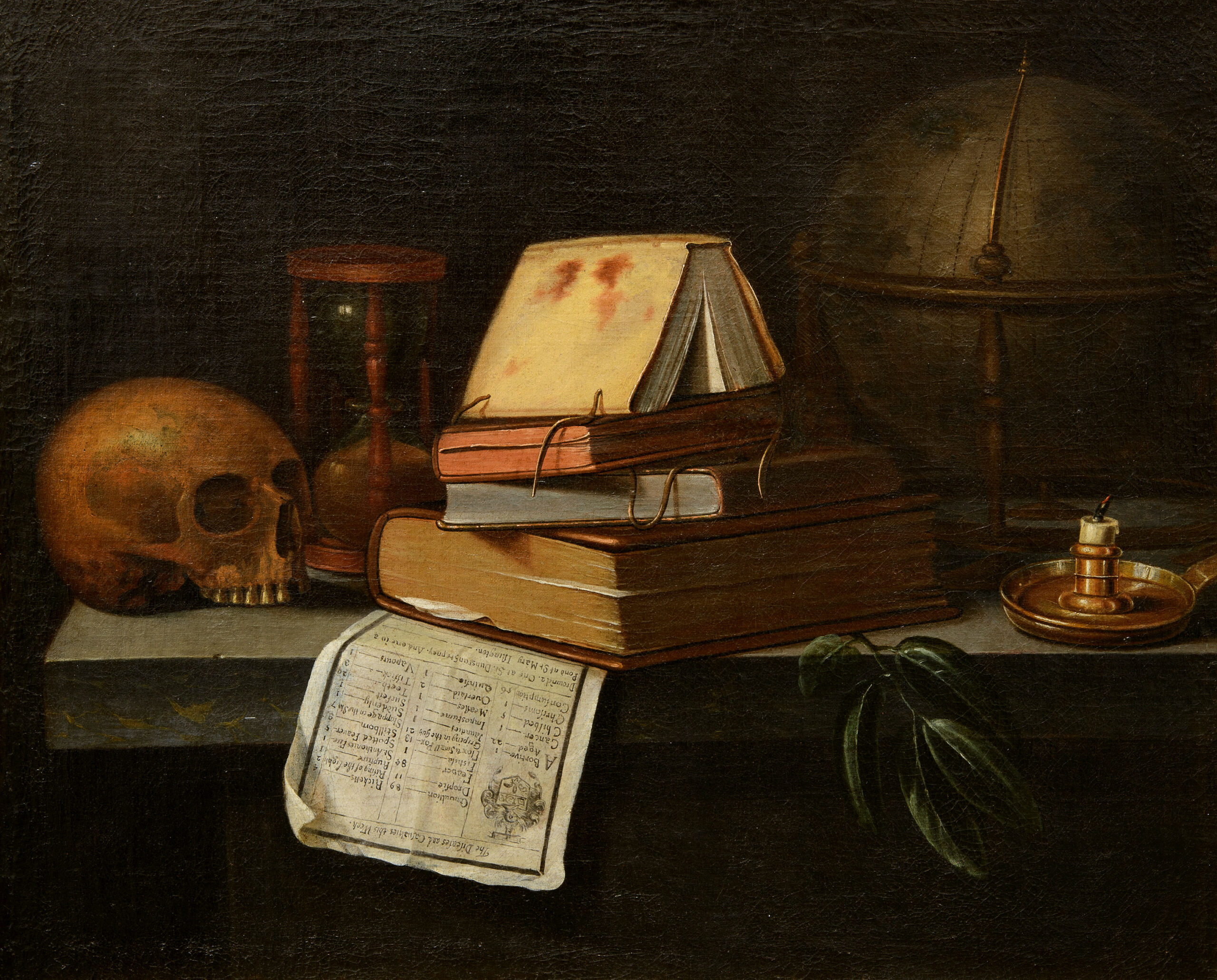Metaphysical poets are given to a grow of English lyric poets of the 17th century. The term was first used by Samuel Johnson. The hallmark of their poetry is the metaphysical conceit (a figure of speech that employs unusual and paradoxical images), a reliance on intellectual with, learned imagery and subtle argument. Although this method was by no means new, these men infused new life into English poetry by the freshness and originality of their approach. The most important metaphysical poets are John Donne, George Herbert, Henry Vaughan, Thomas Traherene, Abraham Cowley, Richard Crashaw and Andrew Marvell. Their work has considerably influenced the poetry of the 20th century.

Metaphysical poetry is concerned about common subjects in their poetry, which investigates the world by rational discussion of its phenomena rather than by intuition or mysticism. Dryden was the first to apply the term to 17th-century poetry when, in 1693, he criticized Donne: ‘He affects the metaphysics… in his amorous verses, where nature only should reign; and perplexes the minds of the fair sex with nice speculations of philosophy, when he should engage their hearts.’
In his important easy, T.S.ELIOT The Metaphysical Poets (1921), which helped bring the poetry of Donne and his contemporaries back into favor, argued that their work fuses reason with passion. The metaphysical poets were eclipsed in the eighteenth and nineteenth centuries by romantic and Victorian poets, but twentieth-century readers and scholars, seeing in the metaphysical an attempt to understand the pressing political and scientific upheavals, engaged them with renewed interest. In his essay, The Metaphysical Poets, T.S.Eliot, in particular, saw in this group of poets a capacity for “devouring all kinds of experience.”

John Donne(1572-1631) was the most influential metaphysical poet. His personal relationship with spirituality is at the center of most of his work, and the psychological analysis and sexual realism of his work marked a dramatic departure from traditional, genteel verse. His early work, collected in Satires and in Songs and Sonnets, was released in an era of religious oppression. His Holy Sonnets, which contains many of Donne’s most enduring poems, was released shortly after his wife died in childbirth.
George Herbert(1593-1633) and Andrew Marvell(1621-1678) were remarkable poets who did not live to see a collection of their poems published. Herbert, the son of a prominent literary patron to whom Donne dedicated his Holy Sonnets, spent the last years of his short life as a rector in a small town. On his deathbed, he handed his poems to a friend with the request that they are published only if they might aid “Any dejected poor soul.” Marvell wrote politically charged poems that would have cost him his freedom or his life had they been public. He was a secretary to John Milton, and once Milton was imprisoned during the Restoration, Marvel successfully petitioned to have the elder poet freed. His complex lyric and satirical poems were collected after his death amid an air of secrecy.

Metaphysical poetry is concerned with the whole experience of man, but the intelligence, learning, and seriousness of the poets means that the poetry is about the profound areas of experience especially about love, romantic and sensual; about man’s relationship with God-The eternal perspective and to a less extent, about pleasure, learning and art.
Metaphysical poems are lyric poems. They are brief but intense meditations, characterized by the striking use of with, iron, and wordplay. Beneath the formal structure (of rhyme, meter, and stanza) is the underlying (and often hardly less formal) structure of the poem’s argument. Note that there may be two (or more) kinds of argument in a poem. In To His Coy Mistress the explicit argument (Marvell’s request that the coy lady yield to his passion)is a stalking horse for the more serious argument about the transitory of pleasure. The outward levity conceals (barely) a deep seriousness of intent. You would be able to show how this theme of carpediem (“seize the day”) is made clear in the third section of the poem.
Love in the Poems
In Marvell, we find the pretense of passion (into His Coy Mistress) used as a peg on which to hang serious reflections on the brevity of happiness. The Definition of Love is an ironic game – more a love of definition let loose; the poem is cool, lucid and dispassionate, if gently self-mocking. So you can move on t Donne, in whom passionate sexual love is examined with vigor and intensity. There are far too many suitable poems to consider all in detail, but The Good-Morrow, The Sun Rising and The Anniversary belong together, while A Nocturnal and St.Lucie’s Day give the other side of the coin. There is a positive celebration of life in The Good Morrow and the others, while in the Nocturnal we have the examination of complex negativity.

A Valediction Forbidding Mourning the argument is not logically persuasive, but the cleverness and subtlety of Donne’s methods are about an intelligent woman who might be comforted. She cannot change the fact of the lover’s going, but the poem is evident of the integrity of the love he has professed hitherto.
Both Herbert and Vaughan address man’s love of God, while Herbert and Marvell consider man’s duty to God in the Collar and The Pearl as does Marvell in The Coronet.
